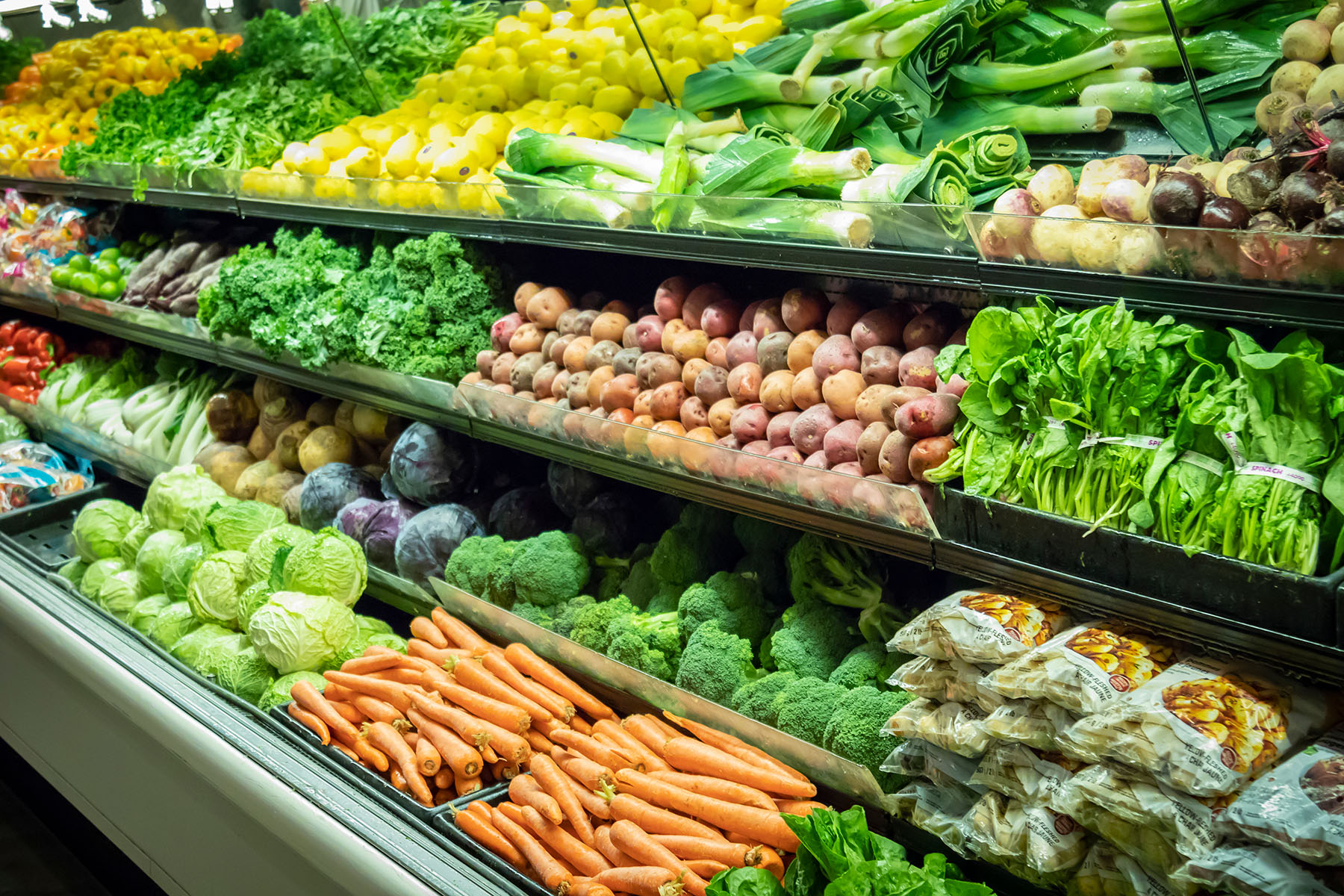```html
Unlock Vegetarian Power: Your Ultimate High-Protein Grocery List
Tired of the myth that vegetarians can't get enough protein? Think again! This comprehensive grocery list is your secret weapon for building a powerful, protein-packed vegetarian diet. Say goodbye to bland meals and hello to vibrant, energy-boosting dishes that fuel your body and satisfy your taste buds.
Why a High-Protein Vegetarian Diet Matters
Many people mistakenly believe that meat is the only reliable source of protein. This simply isn't true. A well-planned vegetarian diet can easily meet and even exceed your protein needs. Prioritizing protein is crucial for several reasons:
- Muscle Building and Repair: Protein is essential for building and repairing muscle tissue, especially important for active individuals.
- Weight Management: Protein helps you feel fuller for longer, aiding in weight management and preventing overeating.
- Energy Levels: Adequate protein intake ensures sustained energy levels throughout the day, preventing energy crashes.
- Overall Health: Protein plays a vital role in various bodily functions, including enzyme production and immune system support.
Your Complete Grocery List for a High-Protein Vegetarian Diet
This grocery list focuses on readily available, affordable, and versatile vegetarian protein sources. Customize it based on your preferences and dietary needs.
Legumes: The Vegetarian Protein Powerhouse
Legumes are nutritional goldmines, packed with protein, fiber, and essential nutrients. Stock up on these staples:
- Lentils: Red, green, brown – they all offer a protein punch. Perfect for soups, stews, and salads.
- Beans: Black beans, kidney beans, chickpeas, pinto beans – the options are endless! Use them in chili, burritos, or as a side dish.
- Edamame: A complete protein source, edamame is delicious steamed, roasted, or added to salads.
Dairy and Dairy Alternatives: A Versatile Protein Source
If you include dairy in your diet, it can be a significant source of protein. If not, there are fantastic plant-based alternatives.
- Greek Yogurt: A high-protein, low-fat option perfect for breakfast, snacks, or desserts.
- Cottage Cheese: Another dairy powerhouse that's great on its own or in recipes.
- Milk (Dairy or Plant-Based): Cow's milk is a good source of protein, while soy milk is the closest plant-based equivalent in terms of protein content. Look for fortified almond, oat, or cashew milk for added nutrients.
- Cheese: Choose varieties like cheddar, mozzarella, or parmesan for a protein boost.
Nuts and Seeds: Healthy Fats and Protein
Nuts and seeds provide a healthy dose of protein and essential fatty acids. Enjoy them as snacks or add them to meals.
- Almonds: A great source of protein and healthy fats.
- Walnuts: Rich in omega-3 fatty acids and protein.
- Chia Seeds: An excellent source of fiber, protein, and omega-3s. Add them to smoothies, yogurt, or oatmeal.
- Flax Seeds: Similar to chia seeds, flax seeds offer a boost of fiber, protein, and omega-3s. Grind them for better absorption.
- Pumpkin Seeds: A good source of protein and zinc.
- Sunflower Seeds: Another affordable and versatile source of protein.
Grains and Pseudo-Grains: Beyond Carbohydrates
While primarily carbohydrates, some grains and pseudo-grains offer a decent amount of protein.
- Quinoa: A complete protein source, making it a valuable addition to a vegetarian diet.
- Oats: A good source of fiber and protein, perfect for breakfast or baking.
- Brown Rice: Provides a slightly higher protein content than white rice.
Soy Products: A Complete Protein Powerhouse
Soy products are excellent sources of complete protein, meaning they contain all nine essential amino acids.
- Tofu: Versatile and readily available, tofu can be used in stir-fries, scrambles, and more.
- Tempeh: A fermented soy product with a nutty flavor and a firmer texture than tofu.
- Soy Milk: A plant-based milk alternative that's rich in protein.
- Soy Yogurt: A dairy-free yogurt option that's high in protein.
Eggs (If Included): A Complete Protein Source
For ovo-vegetarians, eggs are a fantastic source of high-quality protein.
- Eggs: Versatile and nutritious, eggs can be scrambled, fried, boiled, or used in baking.
Sample Meal Ideas for a High-Protein Vegetarian Diet
Here are a few meal ideas to get you started, incorporating items from your grocery list:
- Breakfast: Greek yogurt with berries, chia seeds, and a sprinkle of almonds.
- Lunch: Quinoa salad with black beans, corn, avocado, and a lime vinaigrette.
- Dinner: Tofu stir-fry with brown rice and a variety of vegetables.
- Snacks: Hard-boiled eggs (if included), a handful of almonds, or a protein smoothie made with soy milk and fruit.
Frequently Asked Questions About High-Protein Vegetarian Diets
How much protein do I need on a vegetarian diet?
The recommended daily allowance of protein is generally around 0.8 grams per kilogram of body weight. However, active individuals or those looking to build muscle may need more, typically between
1.2 and
2.0 grams per kilogram. Consulting with a registered dietitian can help determine your specific protein needs.
Can I get all the essential amino acids from a vegetarian diet?
Yes, absolutely! By including a variety of protein sources in your diet, such as legumes, nuts, seeds, soy products, and quinoa, you can ensure you're getting all nine essential amino acids. Eating a balanced diet is key.
Is a high-protein vegetarian diet expensive?
Not necessarily. Many of the protein sources on this list, such as legumes, tofu, and seeds, are relatively inexpensive. Planning your meals around these affordable options can help you stay within your budget.
Conclusion: Embrace the Power of Plant-Based Protein
A high-protein vegetarian diet is not only possible but can be incredibly beneficial for your health and well-being. With this grocery list as your guide, you can create delicious and satisfying meals that fuel your body and support your goals. Start planning your meals today and experience the power of plant-based protein!
Ready to take the next step? Download our FREE high-protein vegetarian recipe ebook for even more inspiration!
```
